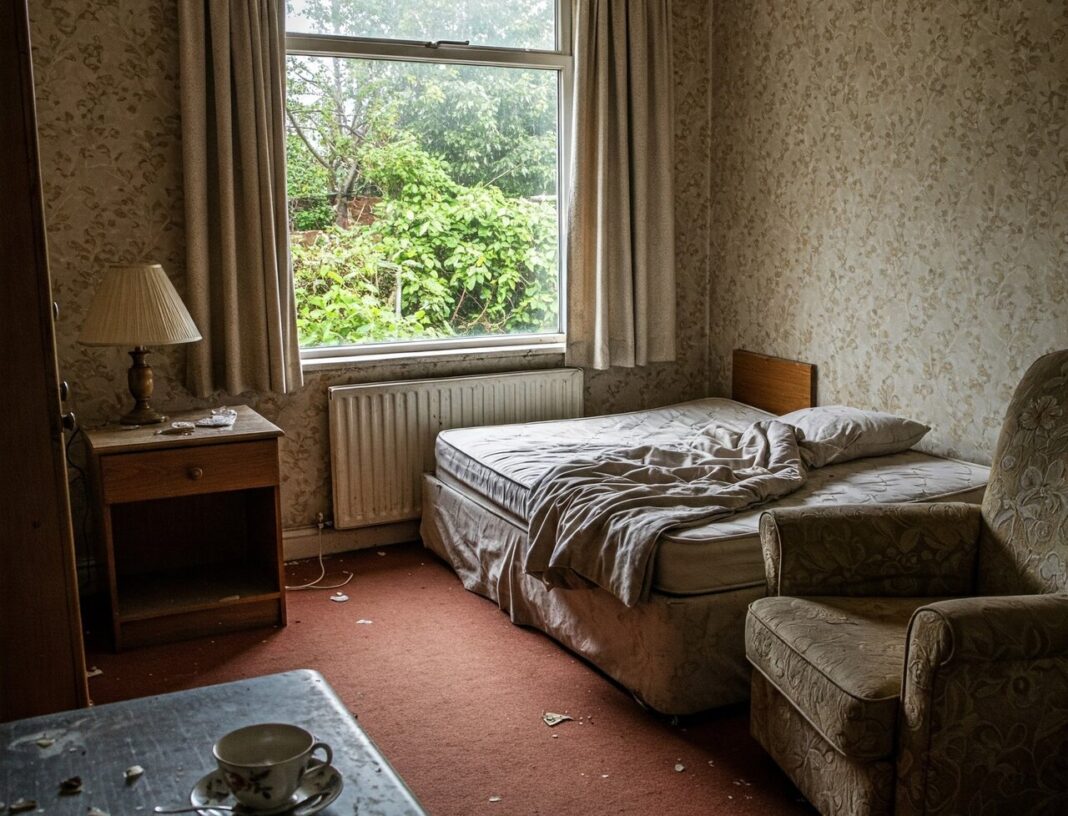An alarming failure in housing regulation has come to light, with 74 children confirmed dead while living in temporary accommodation across the UK since 2019 – their lack of a permanent home listed as a contributing factor in each case.
According to data from the Shared Health Foundation, the majority of these children – 78.4% – were under the age of one.
The findings have reignited urgent calls for systemic reform of temporary housing standards, which campaigners warn are dangerously lagging behind those of social housing.
New analysis by Inventory Base reveals that more than 80,500 families with children are currently living in temporary accommodation – part of a wider total of 126,040 households, a sharp increase from 98,840 just two years ago.
UNDER-REGULATED
Yet despite the escalating need, temporary accommodation remains perilously under-regulated. While social housing is subject to strict health and safety rules – covering issues like damp, overcrowding, and structural integrity – temporary housing is governed by vague suitability clauses under the Housing Act 1996 and sporadic enforcement under the Housing Health and Safety Rating System (HHSRS).
The legal duty to ensure temporary housing is ‘suitable’ is undermined by limited definitions and inconsistent oversight. While families with children or pregnant women should not be housed in B&Bs for longer than six weeks, this requirement is bypassed whenever “alternatives do not exist” – a loophole that housing campaigners say has become routine rather than exceptional.
SILENT CRISIS

Sián Hemming-Metcalfe, Operations Director at Inventory Base, says: “Temporary accommodation isn’t a safety net – it’s becoming a silent crisis.
“Many families remain trapped in unsafe and overcrowded conditions due to a lack of viable alternatives. Some councils simply do not have the resources or capacity to inspect properties adequately.
“It is unacceptable that the housing children are placed into by local authorities is often less regulated than the social housing they’re waiting to access. The result has been catastrophic. Seventy-four children have died. That’s not a statistic – it’s a regulatory failure with real, devastating consequences.”
Of the families currently in temporary accommodation, an estimated 64% include children – meaning at least 80,530 children are living in insecure, often unsuitable environments.
The issue stems from the severe shortfall in social housing availability. As demand outpaces supply, thousands of vulnerable families are diverted into temporary housing stock – much of which lacks even the basic safeguards enforced in longer-term accommodation.
Without a drastic overhaul of both legislation and local authority capacity to enforce standards, campaigners warn that the deaths will not stop.
Hemming-Metcalfe adds: “Children are dying in homes sanctioned by the state. This isn’t a housing issue – it’s a child protection emergency.”










